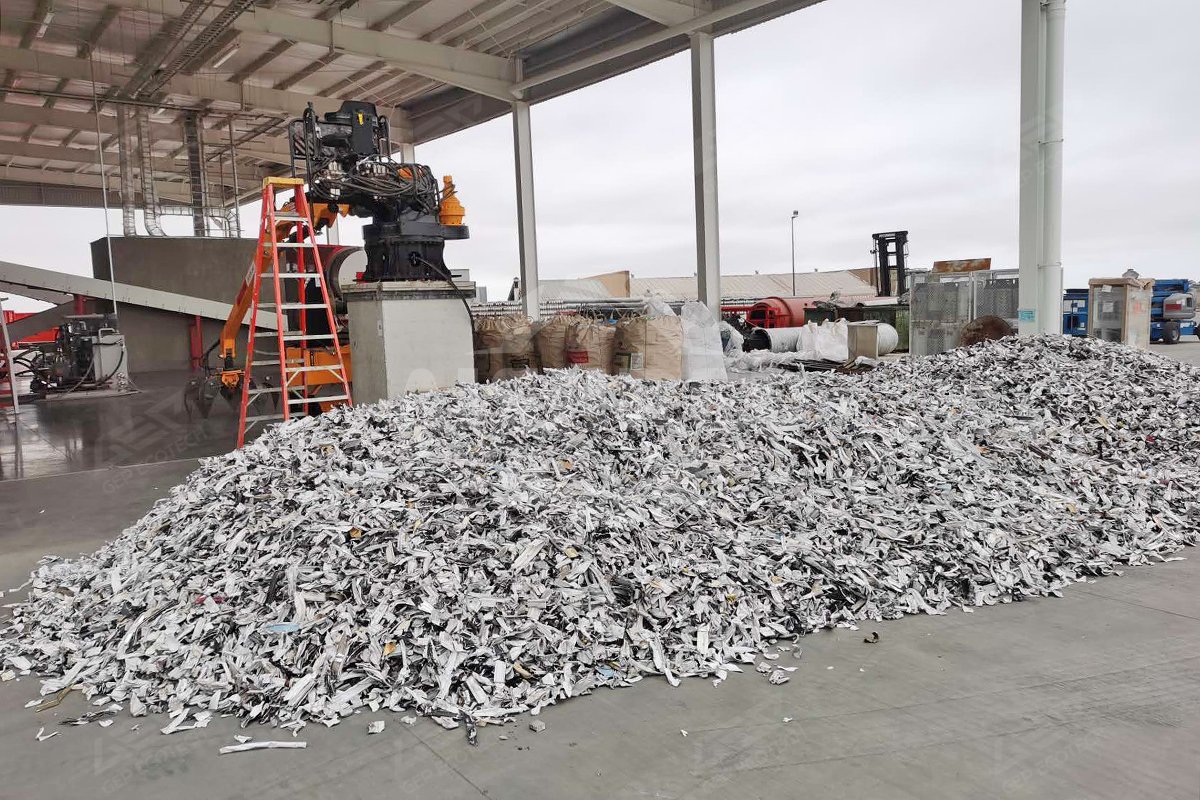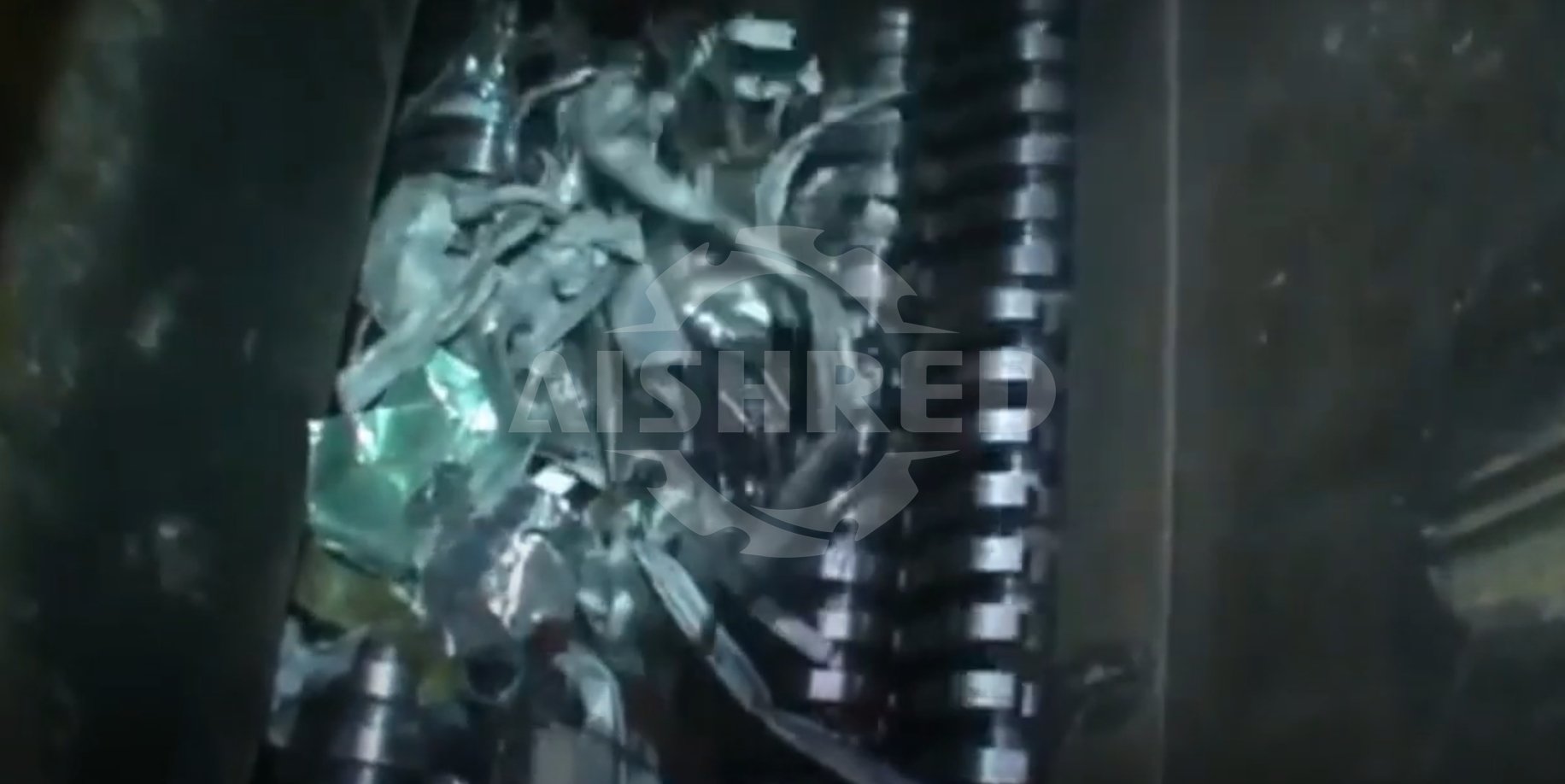In the realm of metal recycling, the efficient processing of light metals such as aluminum, magnesium, and alloys is crucial for sustainable resource utilization. Light metal shredders play a pivotal role in this process, enabling the effective fragmentation and separation of metallic materials for recycling purposes.

Key Features of Light Metal Shredders
- High-Speed Shredding: Light metal shredders are equipped with high-speed rotor assemblies and sharp cutting blades to ensure rapid and efficient shredding of metal components. Variable speed controls and adjustable shredding parameters allow operators to customize shredding processes according to specific material characteristics and recycling requirements.
- Material Handling Systems: Light metal shredders feature robust material handling systems, including conveyor belts, feed hoppers, and discharge chutes, to facilitate continuous and uniform material flow. Automated feeding and discharge mechanisms optimize shredder throughput and minimize downtime for maintenance and cleaning.
- Magnetic Separation: Many light metal shredders are equipped with magnetic separation systems to remove ferrous contaminants from shredded metal fractions. By employing powerful magnets, these systems effectively capture and separate ferrous metals, ensuring the purity of non-ferrous metal streams for recycling.
Types of Shredder for Light Metal
When it comes to shredding light metals, such as aluminum, copper, and magnesium, several types of shredders are commonly used. Each type has its advantages and is suitable for different applications. Here are some common types of shredders for light metals:
- Single Shaft Shredder: Single shaft shredders are versatile machines capable of shredding a wide range of materials, including light metals. They feature a single rotating shaft with cutting blades or knives that effectively shred the metal into smaller pieces. Single shaft shredders are ideal for processing lighter metal scrap, such as aluminum cans, aluminum profiles, and copper wires. They offer high throughput and can handle various sizes and shapes of metal scrap.
- Dual Shaft Shredder: Dual shaft shredders are robust machines equipped with two parallel shafts that rotate in opposite directions. Each shaft is fitted with cutting blades or discs that work together to shred the metal scrap. Dual shaft shredders are highly efficient for shredding light metals, providing greater cutting force and throughput compared to single shaft shredders. They are suitable for processing larger and denser metal scrap, such as aluminum extrusions and copper tubing.
- Quad Shaft Shredder: Quad shaft shredders feature four parallel shafts arranged in a square or rectangular configuration. Each shaft is equipped with multiple sets of cutting blades or discs, providing superior shredding performance. Quad shaft shredders offer unmatched cutting power and versatility for shredding light metals. They excel in processing bulky and irregularly shaped metal scrap, such as aluminum castings and magnesium parts.

Light metal shredders are indispensable tools in the metal recycling industry, enabling efficient material fragmentation, component separation, and resource conservation. By investing in advanced shredding technology and adopting best practices in metal recycling, manufacturers can enhance their sustainability initiatives and contribute to the circular economy. As the demand for recycled metals continues to rise, the importance of light metal shredders in facilitating metal recycling efficiency will only grow, paving the way for a greener and more resource-efficient future.

